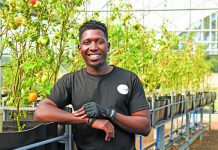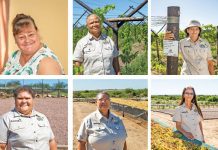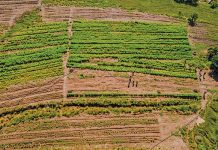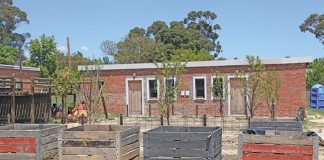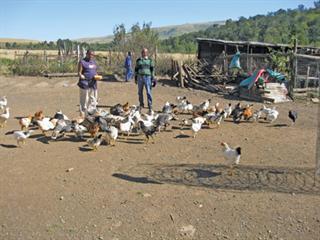
Chickens are a common sight on rural homesteads across South Africa. These are so-called ‘village chickens’, also named ‘indigenous foragers’ or ‘Zulu chickens’. Yet although these birds are so common, families seldom eat them and almost never eat the eggs.
According to Dr Ed Wethli, a poultry expert and the former head of training of the KwaZulu-Natal Poultry Institute (KZNPI), the main reason for this is that the birds’ mortality rate is high and few eggs are produced. So it’s difficult to increase the average family flock of about five hens and one or two cocks.
Yet with a little money, time and attention, it’s possible to improve the productivity of these chickens – providing not only a ready source of meat and eggs for families, but extra birds for sale and barter.
Chicken project
With this in mind, Dr Wethli launched the Umzimkhulu village chicken improvement project in May 2010 in conjunction with Zweliphi Sithole, an extension officer from the provincial department of agriculture, and Ndumiso Khumalo of the KZNPI. The venture was financially supported by ABSA Corporate Bank.
“Village chickens have the genetic potential to respond favourably to better management. The idea is to transform village farmers from passive to active chicken producers using basic chicken management skills,” says Dr Wethli. A total of 14 participants – 10 of whom were women – were chosen from three villages in Umzimkhulu.
They began by attending a one-day workshop at the KZNPI in Bisley, near Pietermaritzburg, at which they learnt the basics of record keeping. This was followed by a one-week course, at which they were taught management techniques that covered diseases, pests and parasites, and chicken housing.
Each participant was then given building materials to construct a simple chicken house to protect the birds at night. After the course, Dr Wethli and Zweliphi paid regular on-site visits to the farmers.
Better all round
Six months later, every aspect of chicken production had improved. The average flock size had increased from 19 to 29 birds per household, mortality had been reduced in 62% of households, and disease control showed an 82% improvement. Just over a third of the participants had started collecting eggs and many were using selective breeding.
A year later, towards the end of 2011, the situation looked even better, with an average of 43 birds per household. “At this stage, all participants had improved the housing for their chickens and the birds generally looked healthier,” says Dr Wethli. But the best news of all was that participants were now eating much better!
Before the project started, each household would eat one chicken every three or four months; now they were eating an average of one or two a month. Each household was now also eating an average of eight eggs a month. In addition, the extra chickens were bringing in cash. It was estimated that an average family with five hens and one cock could produce 10 chickens from each hen every year, or 50 chicks a year.
Before the project started, families were lucky if a hen raised one or two chicks from a brood of 12. “If the family eats one chicken every two weeks, they still have 25 chickens which can be sold at R60 each, which means R1 500 per year,” says Dr Wethli. “That’s excluding any bartering or egg sales.”
Clementine Chiya, the project vice-chairperson, says she had not realised how productive the chickens could be. Her flock has doubled from about 30 birds to 60, including chicks. “We now collect eggs every day and I slaughter a chicken every Sunday. I don’t normally sell chickens, but if someone wants to buy one, I sell it for R50 to R60. This project has improved my life,” she says.
Clementine gives her flock a little extra food, mainly yellow maize and eggs. The course participants were taught to boil and chop up unhatched eggs – shells and all. This is put down in the evenings to encourage the hens to come home to roost and to give the chicks extra nutrition.
Minimal costs
Feeding and caring for the chickens is designed to cost as little as possible and be completely sustainable. “The farmers should provide a basic chicken house and pay for the few low-cost inputs, such as vaccines (about R100 a year) and possibly some chicken feed to reduce chick mortality,” says Dr Wethli. “But selling three to four birds can cover these annual costs.
“It’s hoped that these farmers will continue their good work, encouraging other farmers in the area to become involved and contribute towards rural food security.” In particular, Dr Wethli would like to see the project started in other parts of South Africa.
Contact Dr Ed Wethli on 083 758 1510, or email [email protected].


